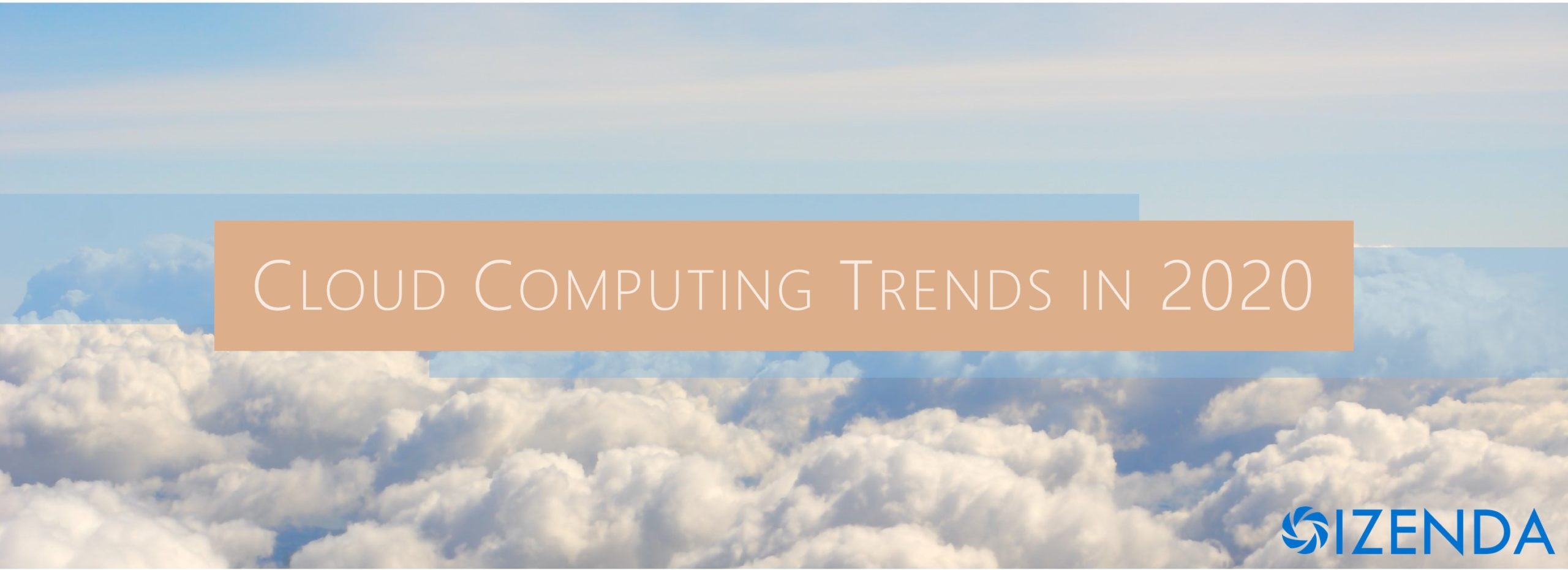
It’s no surprise: cloud computing is the “new normal” for enterprise IT. Spending for cloud-based offerings is markedly higher, with cloud initiatives expected to account for 70% of all tech spending in 2020.
And with this greater spend comes a greater focus on optimization, reliability, security, and more. For many enterprises, cloud adoption is no longer a choice – but a competitive requirement. Customers expect speed and scalability as well as lower costs and security.
In order to keep up with the complexity of multi-cloud strategies, new trends in cloud computing are emerging. Here 5 cloud trends we’re seeing in 2020.
1. The Rise of Hybrid Cloud Environments
The growing popularity of cloud-native application development and containerized workloads through tools like kubernetes and docker has led enterprises to build solutions that leverage both their on-premise and cloud resources.
Hybrid cloud services provide a high level of customization, minimized latency, and optimized data pipelines. But most importantly, they provide security. Where public clouds are too risky for sensitive data, hybrid environments allows businesses to leverage the security of a private cloud with the power of a public cloud.
2. Security and Reliability is More Important than Cost
According to AllCloud’s 2020 Cloud Infrastructure Report, more than 23% of organizations plan to be cloud-only in 2020. That’s good news for cloud providers – but there’s one other takeaway from the report they should keep in mind: enterprises don’t care as much about cost as they do security and reliability.
The same report states that security is the most important criterion when selecting cloud vendors, followed by reliability. However, it’s important to not that the average cost of a data breach is $3.92 million. And the average cost of IT downtime is $5,600…per minute. So you could argue that cost is still the driving factor.
3. More Complexity Allows More Opportunity for Automation
Multi-cloud strategies are complex. Those in enterprise IT understand that there are no shortage of tasks to complete before cloud initiatives are declared a success. But with more complexity comes more opportunity to reduce toil and operating costs. And several cloud infrastructure automation tools have quickly risen to the challenge.
Kubernetes, a container orchestration platform, is one of the rising stars in the cloudscape. Originally developed by Google, Kubernetes allows for easy deployment and operation of microservice-based applications. According to CNCF, 84% of companies are using containers – with 78% of those using Kubernetes.
Other automation tools for cloud infrastructure include SaltStack – security compliance automation tool, Terraform – a configuration automation tool, and lots more.
4. More Agnosticism Among Vendors
The winner of the Cloud Wars may actually be the customer. As more and more enterprises invest in a multicloud ecosystem, there is a growing fear of vendor lock-ins.
With that, enterprises are driving the requirement for cloud platforms to be agnostic. In other words, if they want a customer’s continued business, they need to work with their environment.
It’s likely that in 2020 and beyond, we’ll see more cooperation, interoperability, and integrations among cloud providers.
5. Prioritization of Monitoring and Analyzing Data
It’s no secret: cloud migration is complex and expensive. As multi-cloud strategies expand, C-Suite executives will demand accurate tracking, reporting, and analysis of data related to these environments in order to justify increased cloud spend.
CIOs and other IT leaders will need to establish a data-driven culture within their department by prioritizing the monitoring and analysis of key metrics related to their initiatives. That’s where BI platforms come in.
Business Intelligence platforms that are best suited of cloud computing allow IT to accurately track, analyze, and report on cloud data. Reports can be transformed into dashboards, as well as exported into PDF and other formats to easily share with key decision-makers.
Leverage your entire cloud with Izenda
Izenda’s embedded analytics platform can easily connect to cloud services and turn critical data into visually-rich reports and interactive dashboards.
For a demo of the Izenda platform, reach out for a quick demo!


